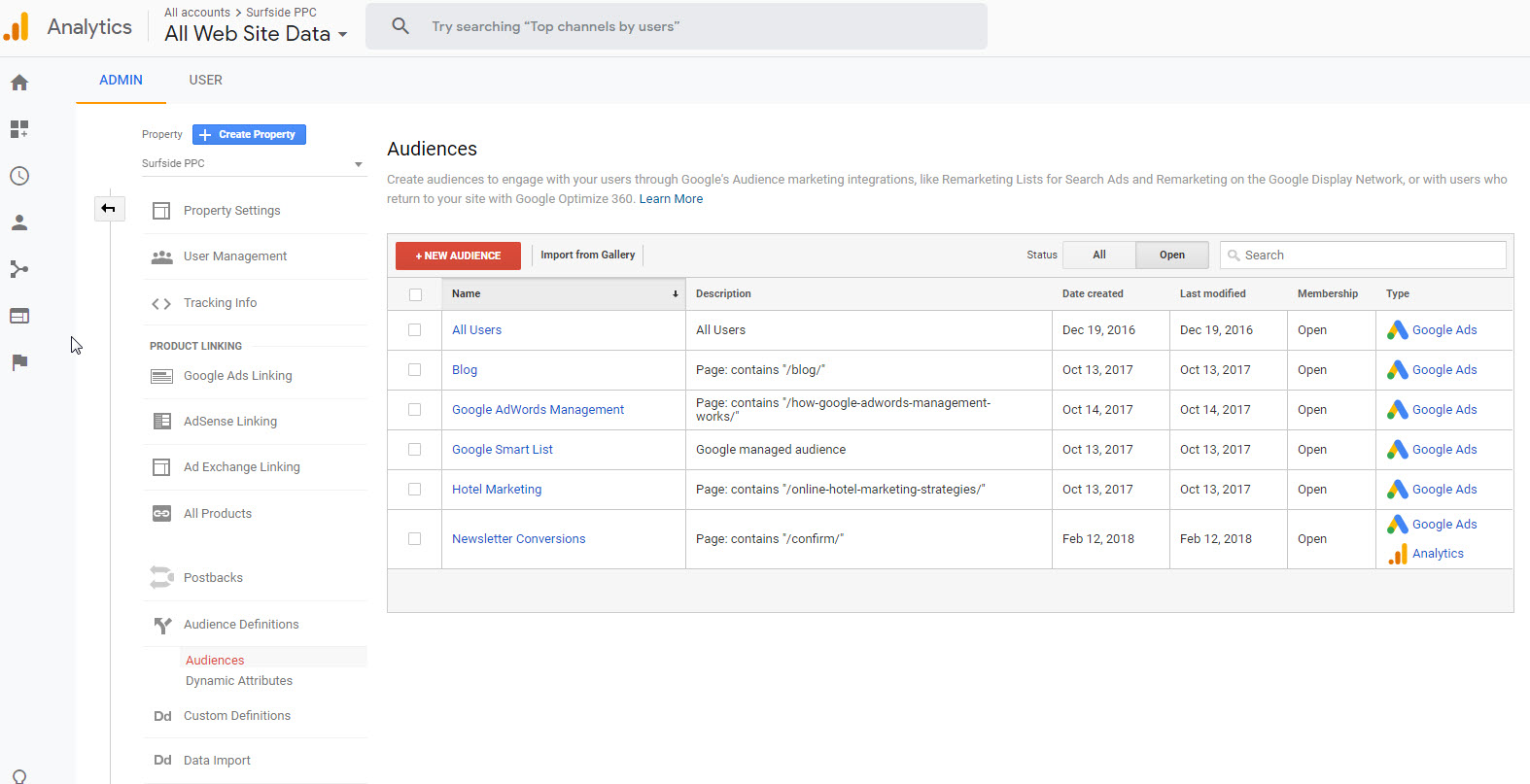Maximize Your ROI With Remarketing in Google Analytics
In the world of electronic marketing, the utilization of remarketing techniques within Google Analytics has actually verified to be a potent tool for enhancing roi. By harnessing the power of customer data and customizing advertisements to particular audience segments, organizations can dramatically enhance their conversion prices. The genuine crucial lies in the art of accuracy - comprehending individual habits, crafting engaging ads, and constantly refining approaches to drive ideal results. The journey to making the most of ROI via remarketing is a nuanced course paved with understandings and chances that can improve the trajectory of your advertising undertakings.
Understanding Remarketing in Google Analytics
Recognizing remarketing in Google Analytics is vital for optimizing your digital advertising method. Remarketing allows you to target individuals who have actually previously seen your web site or communicated with your app, providing them with customized advertisements as they surf various other websites or use other apps within the Google Display Network. This strategy assists keep your brand name top of mind and urges users to go back to your website, eventually increasing the possibility of conversion.
By using Google Analytics, you can track the efficiency of your remarketing campaigns, gaining beneficial insights right into user behavior, involvement, and conversions. This information enables you to fine-tune your targeting, bidding, and messaging techniques to boost the total efficiency of your campaigns.
Moreover, recognizing the various types of remarketing listings available in Google Analytics, such as basic, vibrant, and comparable audiences, permits you to develop extremely segmented and individualized projects tailored to certain individual segments. This degree of granularity can substantially enhance the significance and impact of your remarketing efforts, ultimately maximizing your return on financial investment.
Establishing Up Remarketing Lists
To successfully implement remarketing campaigns in Google Analytics, the initial step entails configuring and creating remarketing checklists targeting particular user segments based on their interactions with your internet site or app. By establishing up remarketing checklists, you can tailor your marketing initiatives to get to users who have already revealed passion in your solutions or items.
To start, navigate to the Admin area of your Google Analytics account and pick the Property where you intend to create the remarketing list. Under the Property column, click on 'Audience Definitions' and select 'Target markets.' Next off, click on the red 'New Target market' button and pick 'Develop New' to define the specifications for your remarketing checklist.

Crafting Reliable Remarketing Advertisements
When crafting your ads, concentrate on producing attention-grabbing headings and compelling visuals that stick out to possible customers. Integrate solid calls-to-action that urge customers to review your website and complete a wanted activity. Make use of dynamic remarketing to reveal customized ads including items or solutions that individuals have formerly viewed on your website.
Additionally, make certain that your advertisements are mobile-friendly given that a considerable section of internet traffic originates from mobile tools. Test various advertisement variations to identify which messages and styles drive the most effective results. By constantly refining and enhancing your remarketing ads based upon performance information, you can optimize their effectiveness and boost your return this link on financial investment.
Studying Remarketing Efficiency

Through Google Analytics, marketing professionals can track the efficiency of their remarketing campaigns in real-time, allowing them to determine trends, patterns, and areas for renovation quickly. By examining the data, marketers can establish which advertisements are executing well, which audience sectors are responding positively, and which channels are driving one of the most conversions. This level of granularity allows online marketers to make data-driven decisions to enhance their remarketing projects for far better results.
Enhancing ROI With Remarketing
Analyzing remarketing data in Google Analytics enables marketing experts to determine opportunities for maximizing return on financial investment (ROI) via critical adjustments - What Is “Remarketing” In Google Analytics?. To take full advantage of ROI with remarketing, it is essential to understand the actions of your audience. By examining user interactions, such as the pages they checked out, the products they saw, or the actions they handled your site, you can customize your remarketing projects extra properly
Segmenting your audience based on their actions enables you to develop personalized and targeted advertisements that are more likely to resonate with them. By revealing relevant ads to details sectors of your audience, you can increase the chances of conversion and eventually boost your ROI.
In addition, checking various advertisement creatives, messaging, and deals can aid identify what resonates best with your audience. A/B testing allows you to trying out various components of your ads to identify what drives the highest involvement and conversion prices.
Verdict
Finally, making best use of ROI with remarketing in Google Analytics requires a tactical method to analyzing individual actions, segmenting target markets, producing customized ads, and optimizing project efficiency. By leveraging data-driven understandings and examining different approaches, companies can enhance their remarketing initiatives to drive greater involvement and conversion prices. This systematic approach guarantees that sources are effectively designated towards making the most of rois in remarketing campaigns.
Next, click on the red 'New Target market' switch and select 'Develop New' to specify the criteria for your remarketing list.
By continuously refining and optimizing your remarketing ads based on efficiency data, you can optimize their efficiency and enhance your return on financial investment.
By diving into these understandings, online marketers can obtain a comprehensive understanding of exactly how their remarketing initiatives are reverberating with their target audience and driving conversions. To make best use of ROI check this site out with remarketing, it is crucial to understand the behavior of your target market.In final thought, optimizing ROI with remarketing in Google Analytics needs a strategic approach to examining user actions, segmenting audiences, producing tailored advertisements, and enhancing campaign efficiency.